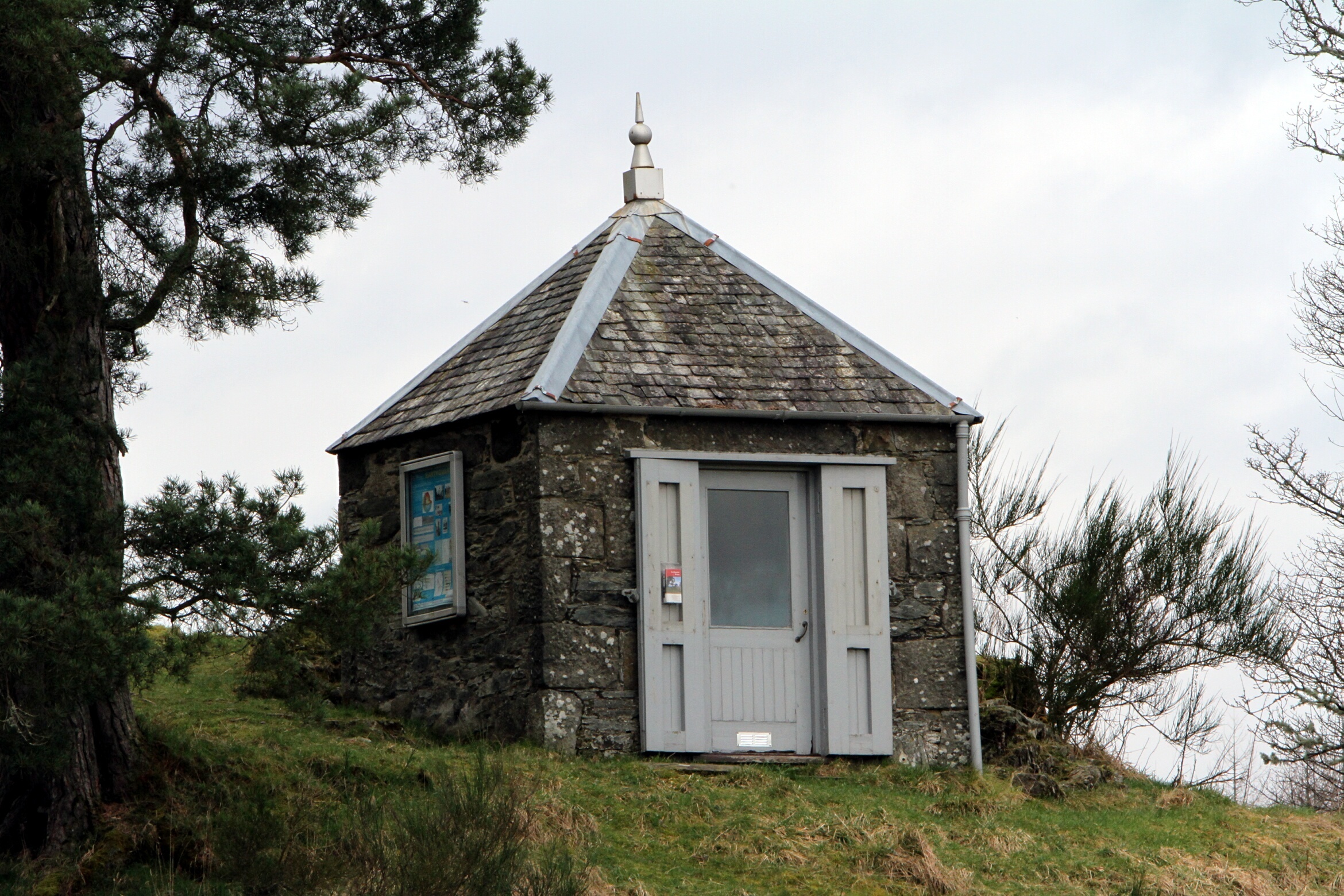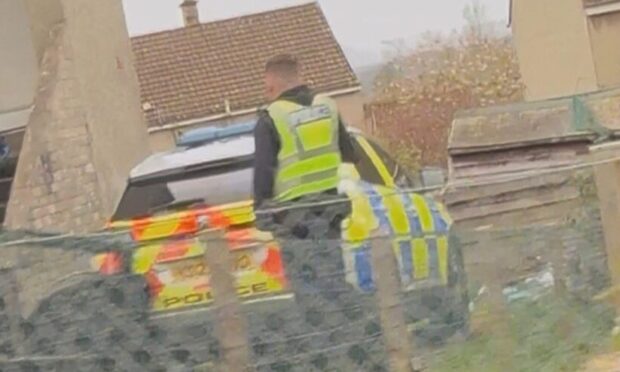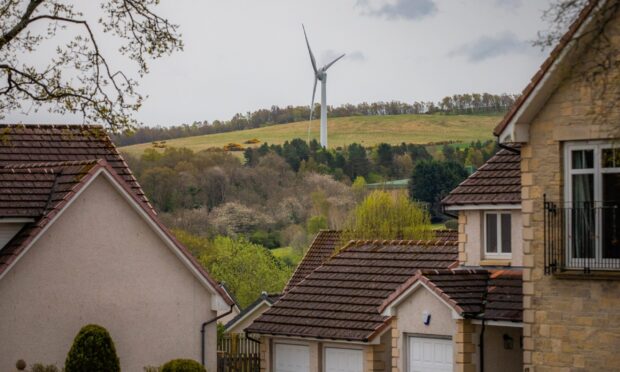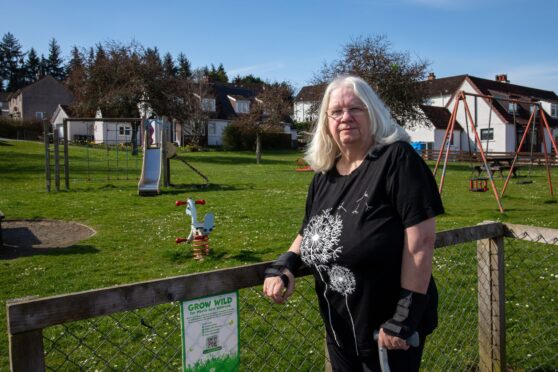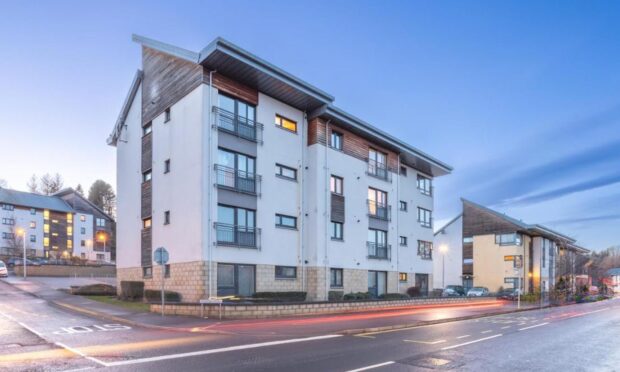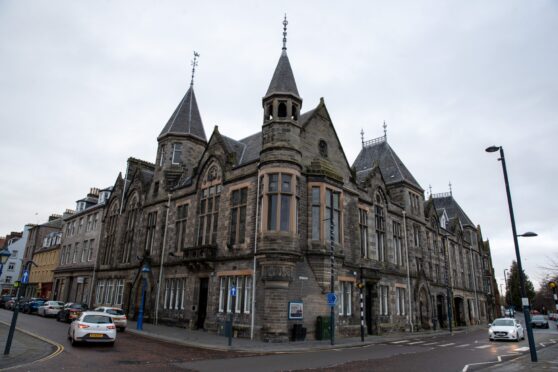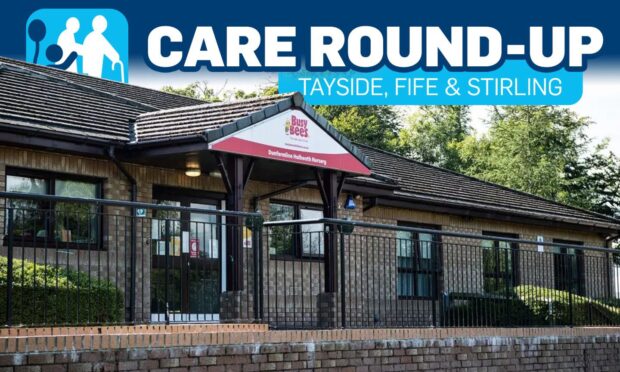An earthquake in a Perthshire village shook buildings, frightened pets and sent people running out of their homes.
The tremor with a magnitude of 2.2 was recorded in Comrie, just after 3.20pm on Saturday.
Residents throughout the village, and in nearby Crieff, reported a loud bang and a rumble that lasted for about a minute.
No major damage was caused, but the British Geological Survey received reports of windows and light fittings shaking across the area.
The group said the quake had a depth of 2km.
Comrie, also known as the Shaky Toun, lies close to the Highland Boundary Fault and has suffered more earthquakes than anywhere else in Scotland.
But many locals said this was the biggest they had experienced.
Community council chairman David Robertson said: “I’ve felt tremors here before, but never heard a noise like that. There was no prior warning, it must have given people a real fright.
“It was this very sudden loud crack, like a heavy door slamming shut. I didn’t know what it was.”
Other residents said they thought a vehicle had struck the side of their house. Many ran outdoors to check if their neighbours’ homes were okay.
.
Pets were also driven wild by the sudden bang, owners said.
The BGS tweeted on Saturday afternoon: “A small number of reports have been received from residents in Comrie and Crieff. Reports described a ‘really loud bang and the light fitting rattled’, ‘it sounded like an explosion’ and ‘the windows all shook’.”
Anyone who experienced the quake is asked to provide data to the BGS via an online questionnaire.
Comrie was once at the heart of earthquake research due to the unusually high number of tremors that shook the area throughout the 19th century.
Following one that was believed to have been 4.8 on the Richter scale in 1893, postmaster Peter Macfarlane and shoemaker James Drummond set up a rudimentary mechanism to detect quakes – an early version of the seismograph.
In 1869, a tremor observation centre – known as the earthquake house – was built in the village. The property, believed to the be the smallest listed building in Europe, was restored in 1988 with modern equipment by the British Geological Survey.
Its seismometer showed a spike in activity on Saturday afternoon.
